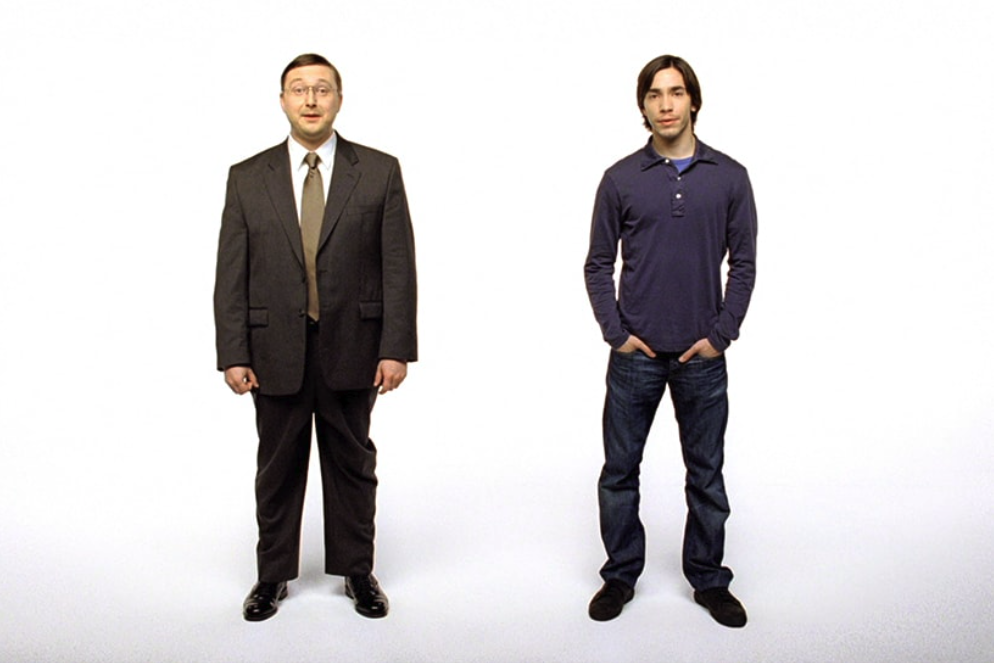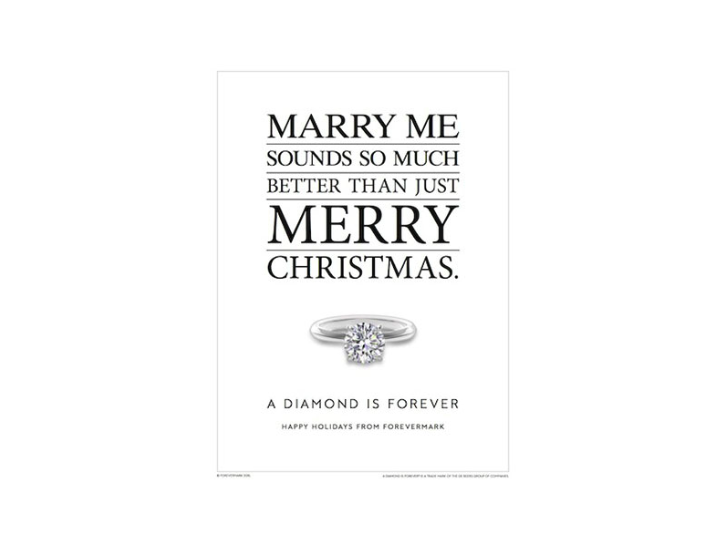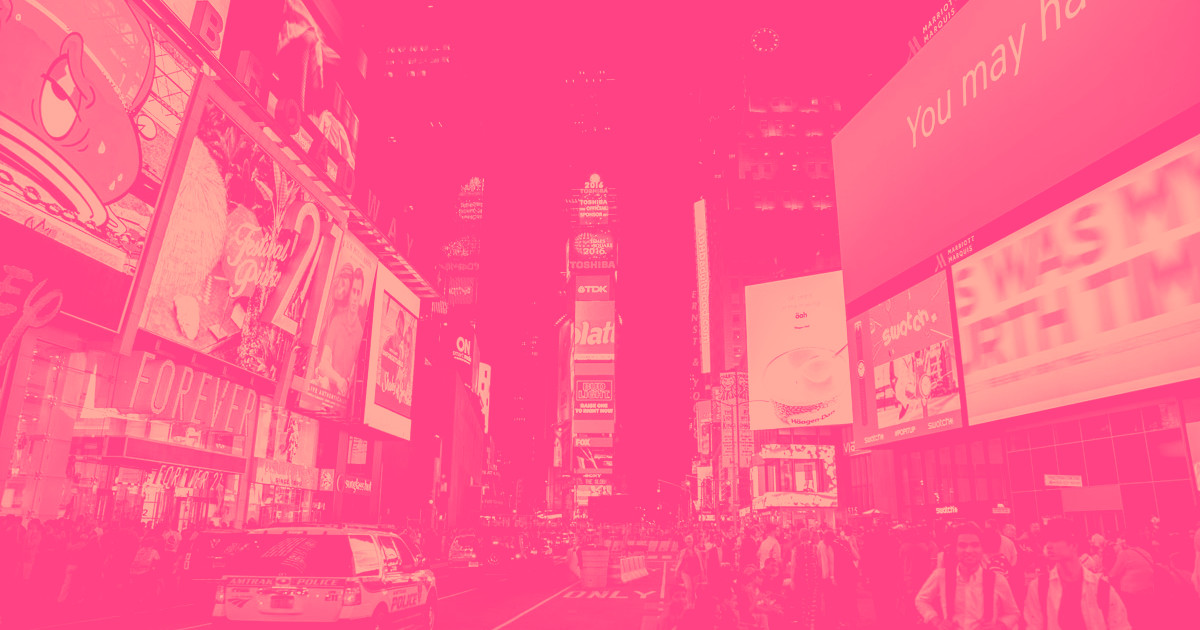Advertising is about connecting with your audience, and the most iconic ads are the ones that strike an emotional chord.
From Coca-Cola’s heartwarming holiday commercials to Apple’s inspirational “Think Different” campaign, famous advertisements have one thing in common: They make us feel something. Whether it’s joy, inspiration, or fear, how we’re feeling in the moment influences many of life’s decisions, like what we eat for breakfast or the type of car we decide to buy. It’s no wonder that brands capitalize on this by creating emotionally resonant advertisements to capture our attention and leave a lasting impact — and, if they’re successful, land a sale.
How does advertising work?
Advertising is a subset of marketing, a field dedicated to studying a target audience’s needs and desires and developing strategies to fulfill them. One such strategy is creating advertisements to deliver persuasive messages and convert prospects into paying customers.
Advertisers showcase the benefits, unique selling points, and values of a product or service to generate interest, excitement, and curiosity around it — and convince consumers to make a purchase.
Appealing to the audience through language and imagery that evoke positive emotions — and then highlighting how a product or service can improve their lives — is one example of how advertising aims to tap into an audience’s needs and desires. Ultimately, the goal is to create a strong bond between the consumer and the brand by connecting with viewers through persuasive storytelling.
3 innovative ad campaigns
Just do it. Got milk? Where’s the beef? Whether they’re clever catchphrases or viral video ads, all successful ad campaigns do one thing well: They’re memorable. Here’s how to make an advertisement with staying power:
1. Apple: “Get a Mac”

Apple’s “Get a Mac” campaign, which aired between 2006 and 2009, struck a chord with television audiences in the United States, Canada, Australia, New Zealand, the U.K., Japan, and Germany. In the U.S. versions, actor Justin Long plays a young, laid-back Macintosh computer, while John Hodgman portrays an old-school, less capable Microsoft PC. The witty dialogue between the two characters makes the distinction between the hip Mac and the unhip PC clear to viewers with clear, humorous, memorable messaging.
Despite the campaign’s simplicity, the commercials effectively highlight the key benefits of a Mac while differentiating Apple from the competition and creating a positive brand image. The campaign also employs a consistent visual style, with each ad following a similar structure to reinforce the core message and create a cohesive narrative. The blend of consistency, simplicity, and humor ensures the key takeaways resonate with viewers entertainingly, helping propel Apple from a niche brand to a mainstream player.
2. De Beers: “A diamond is forever”

Diamond rings are synonymous with marriage proposals. But that wasn’t always the case. Struggling to recover from the decline in diamond sales that began during the Great Depression, diamond company De Beers hired Philadelphia’s now-defunct ad agency N. W. Ayer & Son to repackage diamonds as a symbol of love, not the untouchable wealth they’d previously been associated with.
In 1948, De Beers debuted the ubiquitous slogan that would run for decades: “A diamond is forever.” The campaign wasn’t so much about De Beers as a company but diamonds as a necessity for any couple that wanted to make their marriage last. The slogan was effective — so effective, in fact, that Ad Age named it the 20th century’s best.
What made the campaign so successful was its ability to create an emotional connection between consumers and the product. By shaping the cultural perception of diamonds as an indispensable part of engagement and marriage, De Beers created a strong demand for diamonds, transforming them from a luxury item to a social norm.
A consistent branding strategy helped embed “A diamond is forever” into the collective consciousness, positioning diamonds as everlasting symbols of love so effectively that the simple slogan remained relevant for decades. And the slogan’s simplicity allowed the campaign to grow and change over time to include marketing diamonds for occasions beyond engagement.
3. Google: “Parisian Love”
Source: Ad Age
Google’s 2010 Super Bowl commercial, “Parisian Love,” tells a story. A young student embarks on a journey to study abroad in Paris, where he meets and falls in love with a French woman. He learns the language, plans his wedding, and prepares for the birth of his first child — but the audience doesn’t witness these events firsthand. Instead, the story unfolds through a series of Google searches, leaving viewers to fill in the blanks.
The simple yet stirring concept not only tugs at heartstrings but also demonstrates the emotional hold Google has on its users. This famous ad campaign even spawned a new genre of memes called “search stories,” proof that the commercial was effective and influential enough to work its way into pop culture.
The types of advertising
From TV characters drinking Coke in a Volkswagen (product placement) to the colorful wraps decorating a city bus — aka billboards on wheels, a type of out-of-home (OOH) advertising — ads are everywhere. They come in all shapes and sizes and adhere to most any budget. In other words, you don’t need a celebrated ad agency to spread your message. The most important thing to consider when planning an ad campaign is what will reach and resonate with your audience.
Here are some common types of ads that brands use today.
Direct mail advertising is a long-standing marketing strategy that businesses employ to send print ads and other physical communications, such as brochures and flyers, directly to customers. Today, mobile advertising works the same way, with organizations of all sizes leveraging it to send promotional messages to people’s phones and tablets instead of their physical mailboxes.
Pay-per-click (PPC) advertising lets you pay to have your website show up on the search engine result page (SERP) when someone searches for specific terms on Google and other search engines. It’s an inexpensive way to reach new customers and generate sales because you’ll only pay when your ads spark enough interest to warrant a click.
And with both free and paid options available, social media advertising is a must for today’s businesses. You can reach new customers through targeted ads on platforms they’re already on — like Instagram, TikTok, Facebook, Twitter, and LinkedIn — and encourage them to click through and buy your product or service.



















Get started for free
Create custom, scalable websites — without writing code. Start building in Webflow.
How to advertise online
Online advertising makes wide-reaching campaigns accessible for businesses of every size and budget. Follow these digital marketing strategy best practices to create persuasive ads and place them where people will see them online:
Get to know your audience
Connecting with potential customers starts with understanding who they are. By harnessing data analytics, you can deep dive into your audience’s online behavior and segment customers by age, preferences, and even past interactions with your brand. These insights let you choose where to place your ads and design them to resonate deeply so they foster better engagement and conversion rates. Platforms like Google Ads offer audience segmentation tools to streamline this process. Remember, an ad that speaks directly to its audience is more likely to persuade them to make a purchase.
Leverage social media ads for audience targeting
Social media platforms like Facebook and Instagram offer a wealth of ad targeting options. These platforms let you focus on granular audience groups: You can start with basic demographics such as age, gender, and income and then use filters for behaviors like purchasing habits and browsing patterns. You can craft ads tapping into these nuances for personalized experiences that convince customers to check out your offerings.
Additionally, segmentation tools like lookalike audiences — which identify users with similar interests and behaviors to your existing customers — allow you to expand your reach to potential customers who are likely to resonate with your products or services. This optimizes your ad spend and further increases conversion rates.
Use attractive web design for landing pages
Online ads often drive visitors to a landing page on your website to make a purchase, making web design an essential part of any online ad campaign. Ensure your landing page reflects the company’s personality and values by incorporating colors, logos, and other on-brand design elements into your web design. Choose images and videos that capture your target audience’s attention, and map out the landing page’s information and checkout process with the user experience in mind.
Align the design, messaging, and overall feel of your landing page with your ad to create continuity between both touch points. Continuity fosters a seamless and predictable experience for customers, reassuring them that they’re in the right place and bolstering trust in your brand. The more customers trust your brand, the likelier they are to take desired actions, such as signing up for your newsletter or making a purchase. A/B testing tools can also help identify which landing page version works best in tandem with your ads.
Implement a PPC strategy
Pay-per-click (PPC) advertising directly drives traffic to your website — you pay a fee each time someone clicks on your ad. To maximize your return on investment, regularly analyze key metrics — such as click-through rates, cost per click, and ad position — to spot trends, identify high-performing keywords, and weed out underperforming ones. By fine-tuning your bids and ad copy, you optimize your ad spend and boost your ad’s visibility. You can also use automated bid strategies in platforms like Google Ads to enhance performance without manual oversight.
Expand your reach with a great website
At Webflow, we offer the tools to make websites and the tutorials you need to learn them. Learn how to create a marketing budget, promote your website, design for SEO, and more with guidance from our blog and educational platform, Webflow University. Draw inspiration from our collection of templates and websites and start growing an audience by creating your best site yet.































